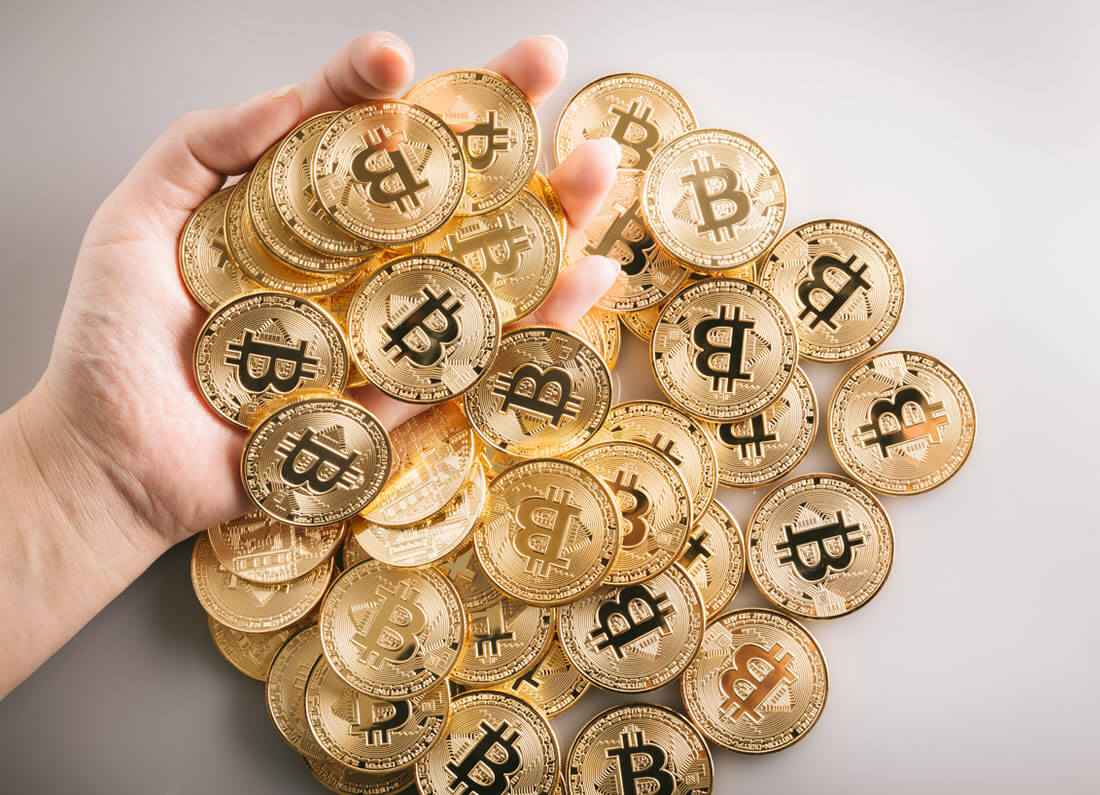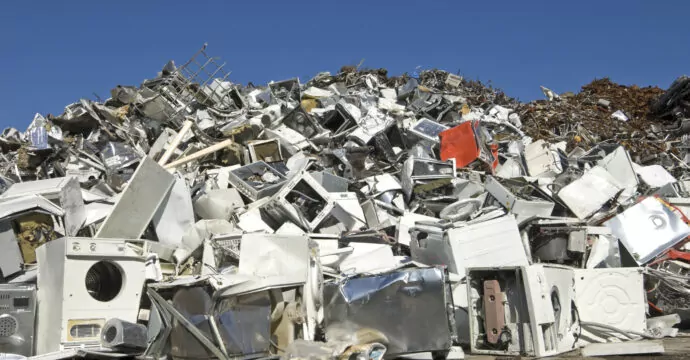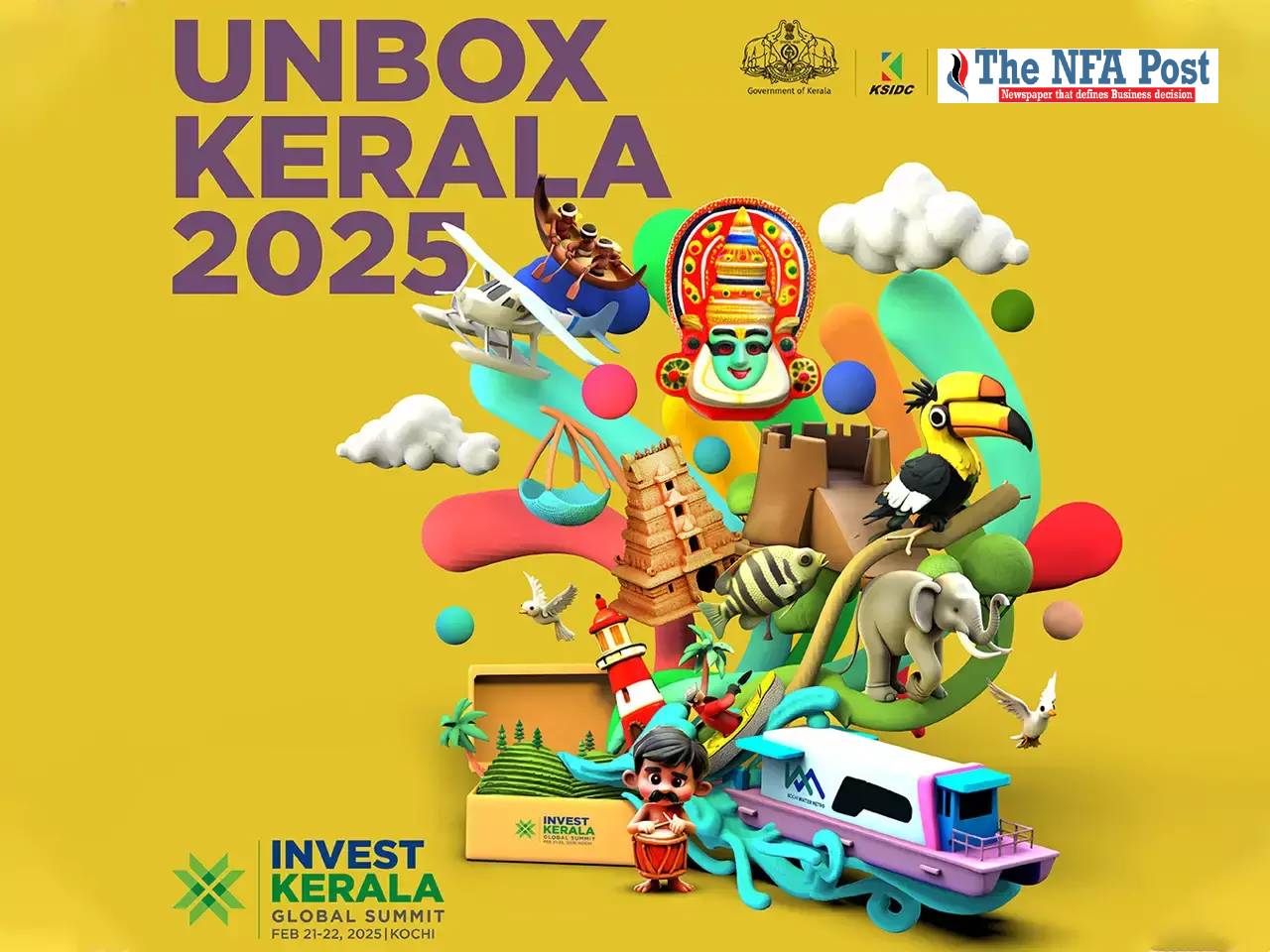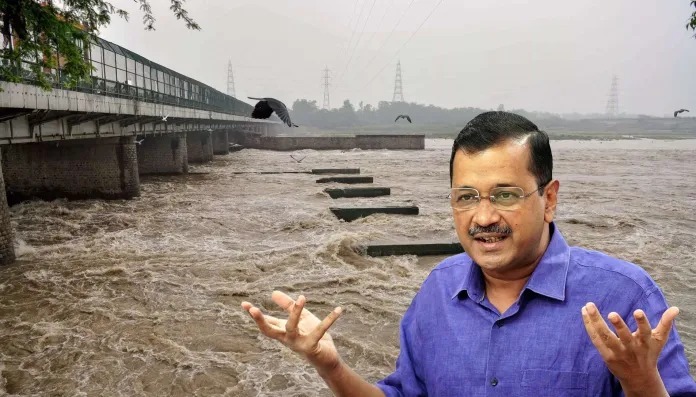Steel production and consumption are frequently seen as measures of a country’s economic development because it is both a raw material and an intermediary product. Therefore, it would not be an exaggeration to argue that the steel sector has always been at the forefront of industrial progress and that it is the foundation of any economy. It now stands as the 5th largest economy, 6 positions up since 2012. It is envisioned that India will be a $32 trillion economy (2nd largest) by 2047, ‘Amrit Kaal’. India is the world’s second-largest producer of crude steel, with an output of 125.32 MT of crude steel and finished steel production of 121.29 MT in FY23. India’s domestic steel demand is estimated to grow by 9-10% in FY25 as per ICRA. India’s steel production is estimated to grow 4-7% to 123-127 MT in FY24. The growth in the Indian steel sector has been driven by the domestic availability of raw materials such as iron ore and cost-effective labour.
Increasing urbanisation, push on infrastructure projects, logistics networks, industrial corridors, e-mobility, renewable energy, etc. are fuelling the growth of steel industry. In the past 10–12 years, India’s steel sector has expanded significantly. Production has increased by 75% since 2008, while domestic steel demand has increased by almost 80%. The capacity for producing steel has grown concurrently, and the rise has been largely organic. The annual production of steel is anticipated to exceed 300 million tonnes by 2030-31. By 2030-31, crude steel production is projected to reach 255 million tonnes at 85% capacity utilisation achieving 230 million tonnes of finished steel production, assuming a 10% yield loss or a 90% conversion ratio for the conversion of raw steel to finished steel. With net exports of 24 million tonnes, consumption is expected to reach 206 million tonnes by the years 2030–1931. As a result, it is anticipated that per-person steel consumption will grow to 160 kg.
Digitalization, technological development, and continuous R&D are dimensions which will help the steel industry unlock its full potential. These developments have enabled the steel value chain players in efficiency improvement, process optimisation, while new product developments have helped in gaining new market access (end usage as well as geographies). The technological developments, however, have much scope of growth, especially vis-à-vis green steel technologies, specialty steel etc. The industry is already gearing itself up for capacity expansion to satiate the domestic demand. Key players have clear laid out plans for medium term capacity expansion plans and are continuously recalibrating towards the Amrit Kaal vision achievement. The policy framework is also evolving in line with the industry demand and follows a forward-looking approach.
With regards to policy, some steel importing countries and regions have implemented trade barriers and protectionist measures. For example, the EU has a quota system for import of steel by product type and country. Supplies beyond the fixed quota attracts a duty of around 25%. Additionally, the absence of major trade agreements has also contributed to lower exports of Indian steel. Vehicle scrapping policy, Steel scrap recycling policy are some of the key initiatives to promote circular economy and achieving India’s net zero emission target timeline of 2070. Even though, there have been significant improvements in the operational efficiencies in the recent years, Indian steel producers are still facing costs around 5-10% higher as compared to the global average . The major components of the additional costs faced are costs of finance (approximately 12% versus 3-5% in European union) along with the costs for logistics & infrastructure. These factors place India at disadvantage as compared to other major steel producers in the region such as China, South Korea and Japan.
Steel making is an energy intensive process which calls for the application of the best available energy efficient technologies particularly in recently built capacity with long lifetimes. The application of best available technologies has the potential to reduce energy and emissions by around 15% across the two primary steelmaking routes. Further, older plants may be analyzed for potential modernization with regards to energy consumption. The average specific energy consumption of steel plants in India varies from 5.77 Gcal/tcs to 6.70 Gcal/tcs as compared to international standards of 4.5-5 Gcal/tcs.
Energy efficiency improvement is one of the key levers to decarbonisation of the steel industry. On an average, 1.8 to 1.9 tonnes of CO2 are generated per tonne of crude steel produced as per international standards with the Indian average ranging from 2.26 t/tcs to 2.8 t/tcs of CO2. Within this context, decarbonization and growth of demand for green steel are likely to drive the next few decades globally. While regulatory landscapes across regions are driving the steel decarbonization story, major steel producers across the globe have taken up significant decarbonization targets. A non-exhaustive list of decarbonization initiatives is provided below. Tata Steel Tata Steel plans to reduce CO2 emissions by at least 30% by 2030
JSW Steel JSW TMT rebars have been recently certified with GreenPro ecolabel certification, conducted by CII with international standards and product for green product labelling. JSW developed products like Non-Grain Oriented Fully Processed (NGOFP) electrical grade of steel which help reduce core losses, further reducing greenhouse gas (GHG) emissions. Jindal Stainless Jindal Stainless Ltd. has partnered with Hygenco India Private Limited to install a Green Hydrogen Plant which will enable JSL to considerably reduce its CO2 emissions by nearly 2700 MT per annum. The hydrogen produced is planned to replace ammonia in its in-house annealing of stainless steel, which is part of the heat treatment process
INDIA STEEL, since its incepon in 2013, has become a well reputed plaorm for discussing prospects of the steel industry, exhibing the state-of-the-art soluons, products and equipments. The exhibion brings together Central & State Governments, Industry Experts, Stalwarts, Associaons, Manufacturers, Technology Providers, Steel Consumers and Internaonal Speakers to exchange opinions & exhibit achievements. India Steel is a large-scale forum important not only for the industry, but also for the economy as a whole. The event is visited by steel and steel-related industries professionals from all-over the world: builders, oil and gas producers and engineers focused on promong their products and services, establishing mutually beneficial business contacts, and developing their businesses amidst the latest market trends.

N V Vijayakumar
Editor-in-Chief
TheNFAPost / NFAPostTV
















